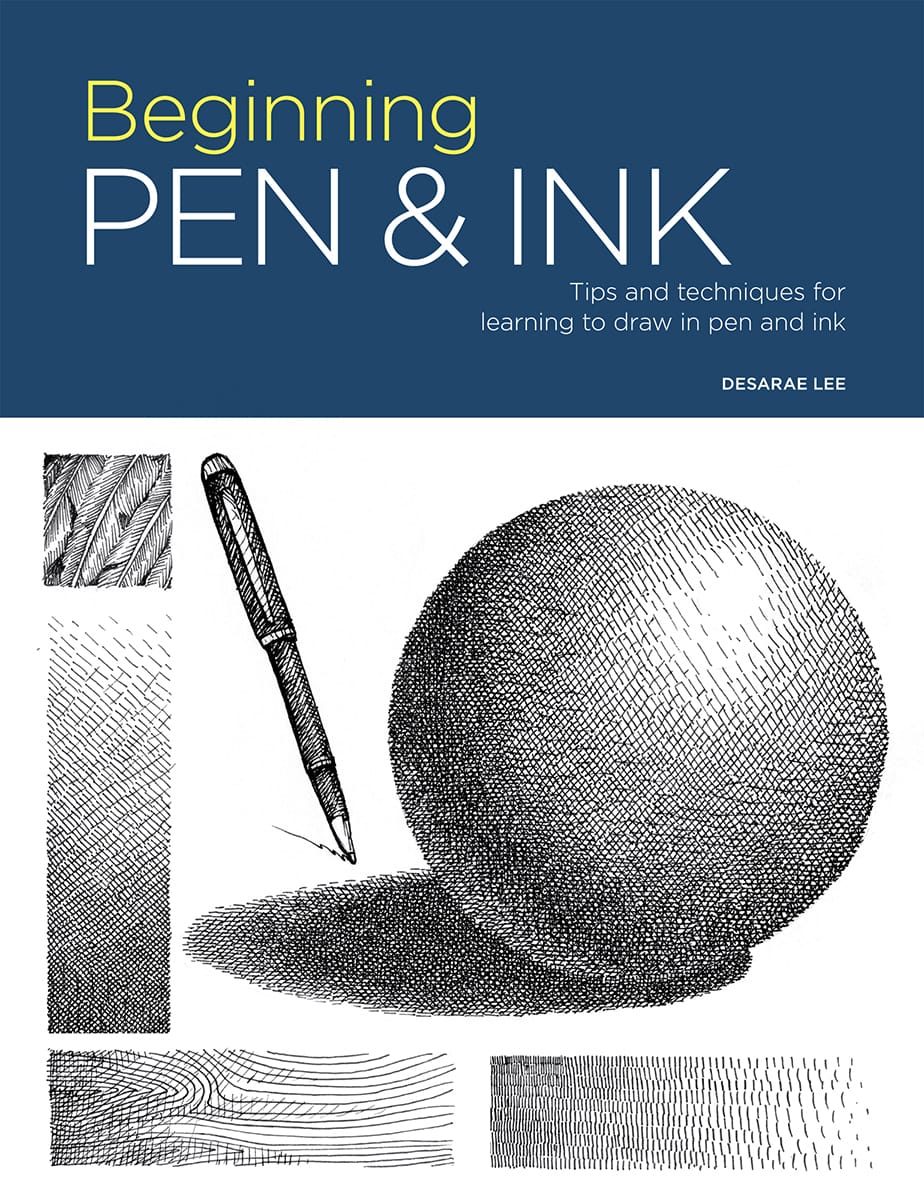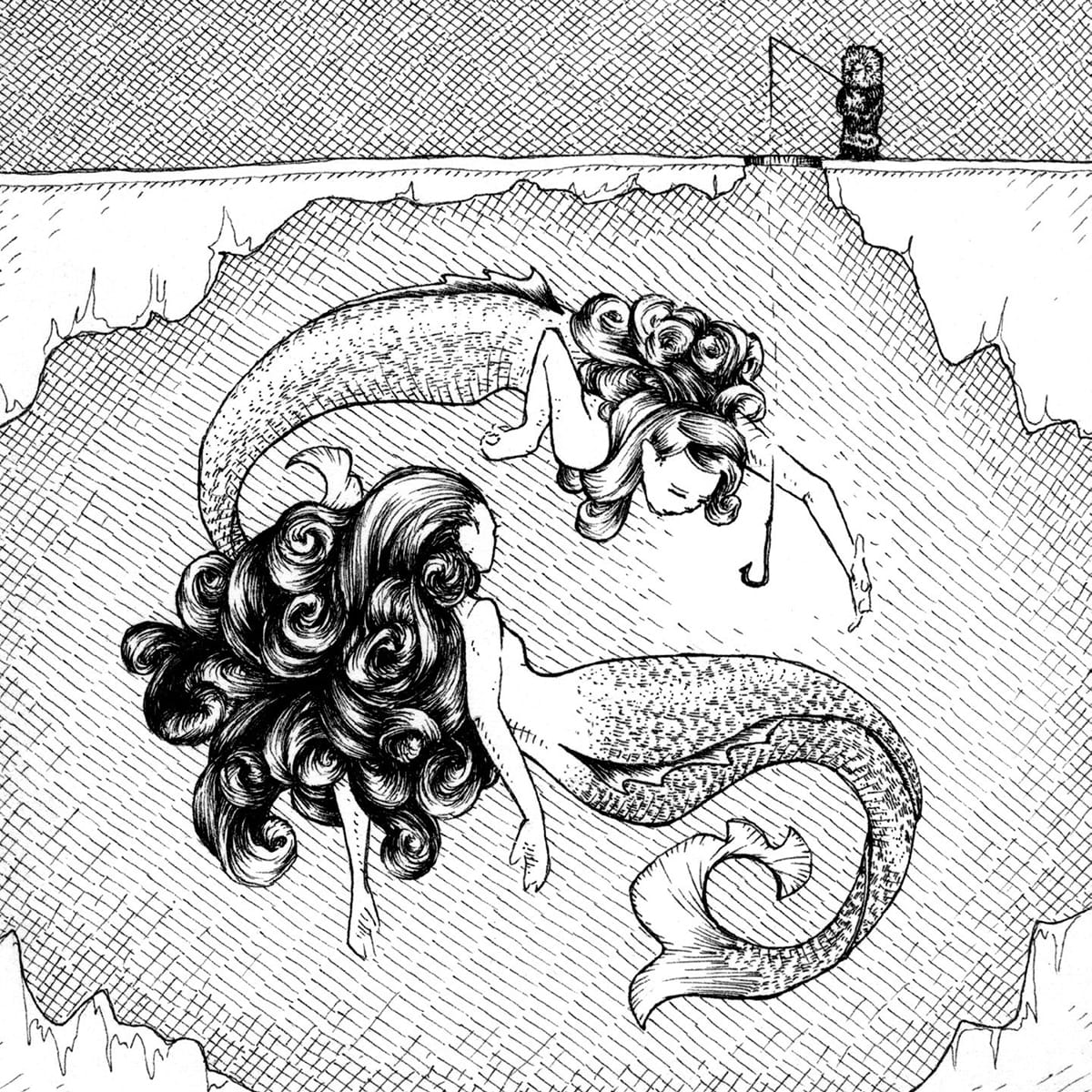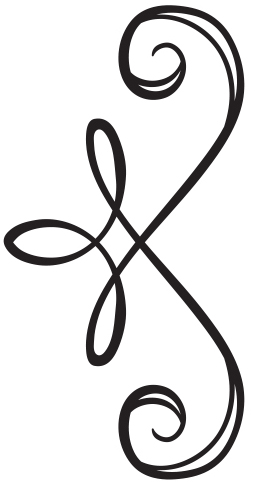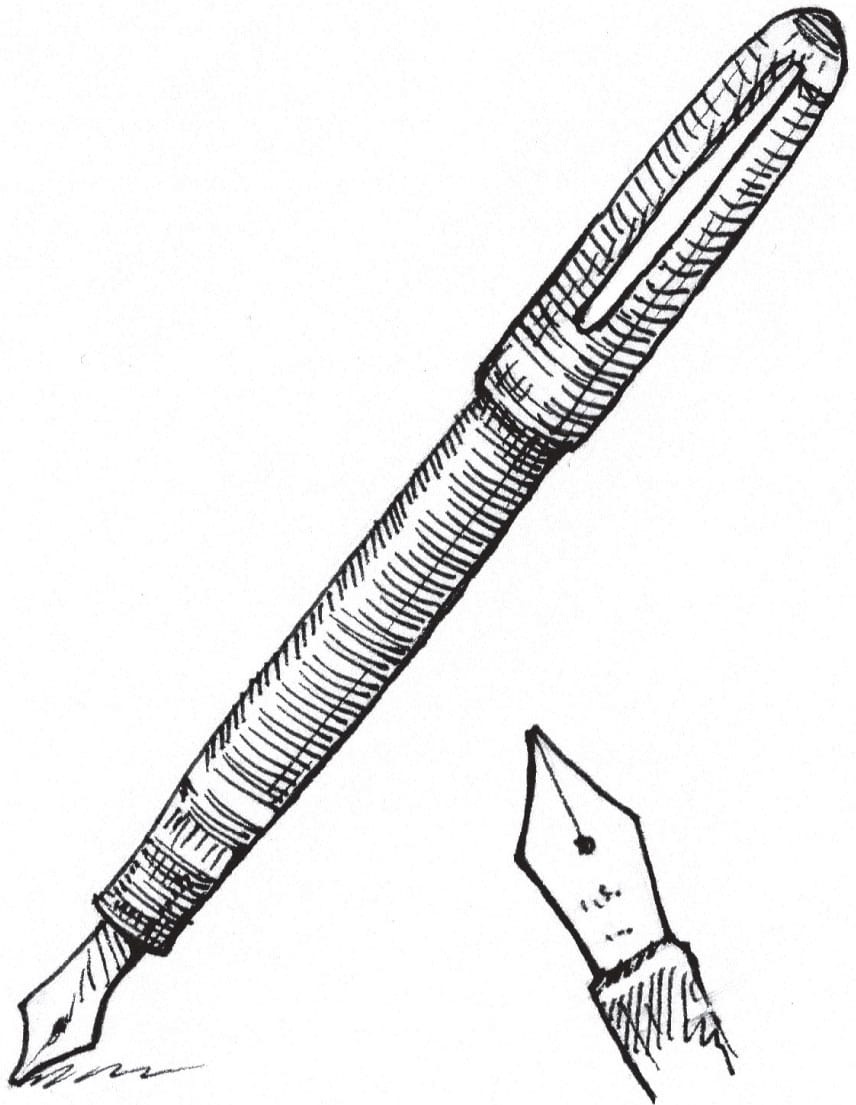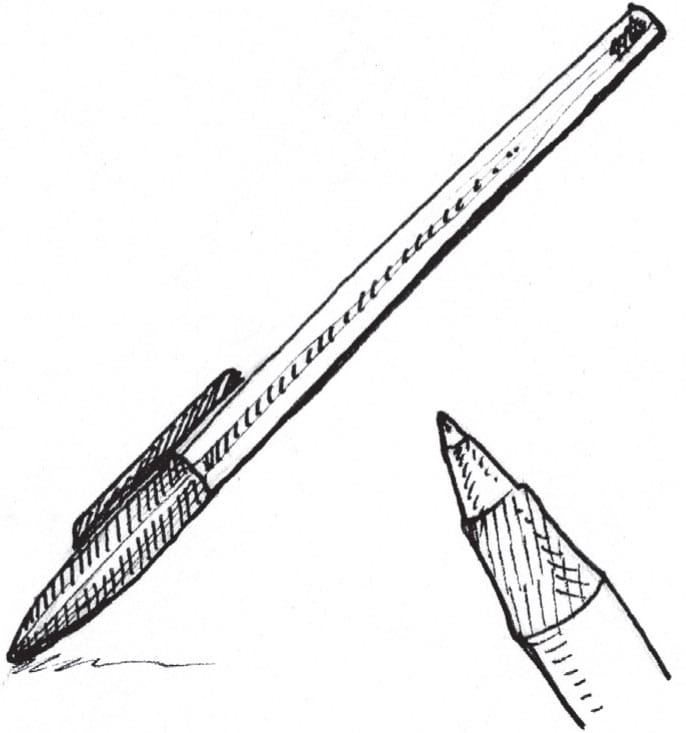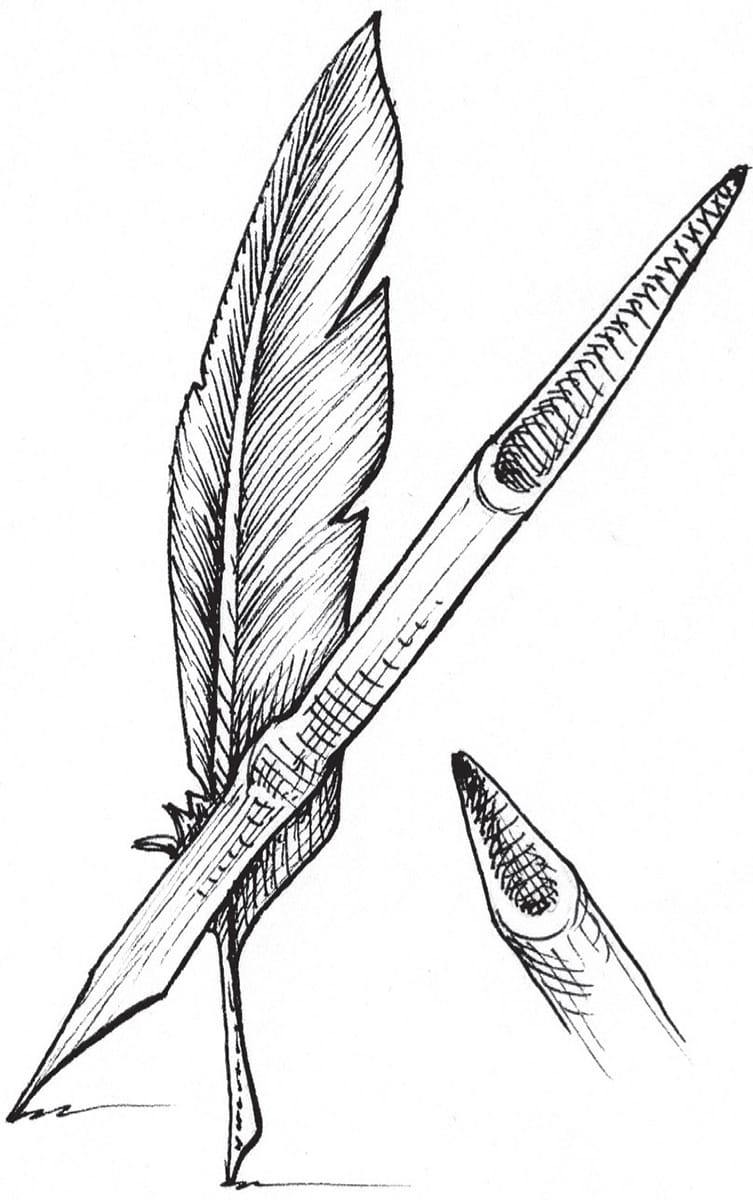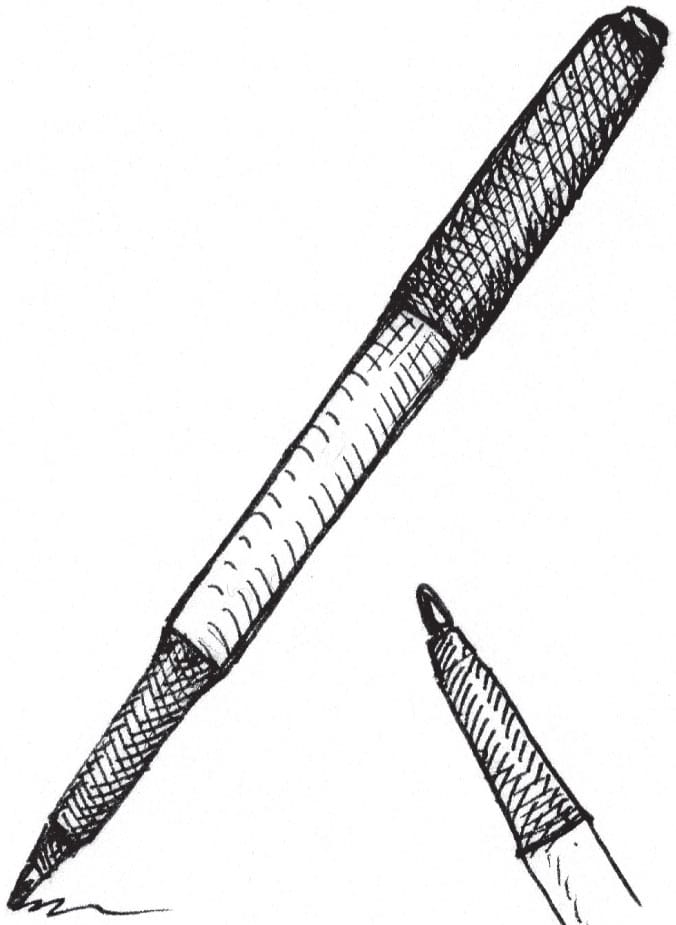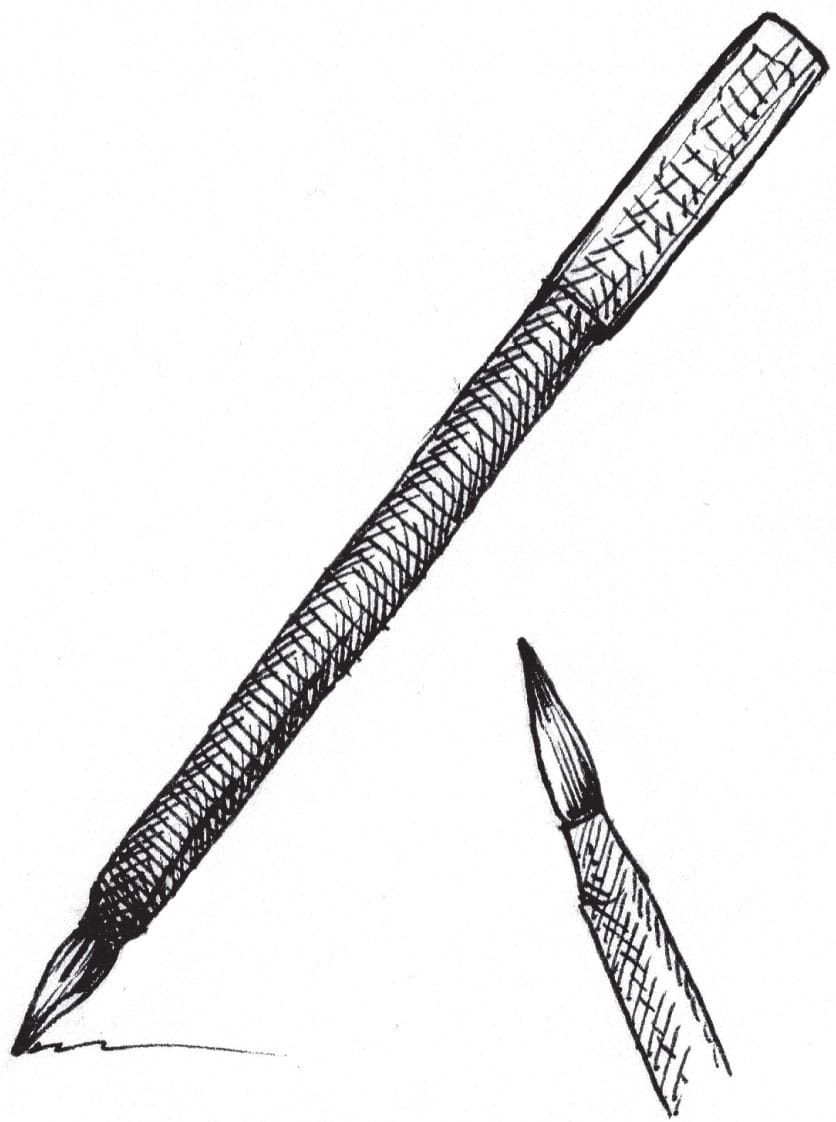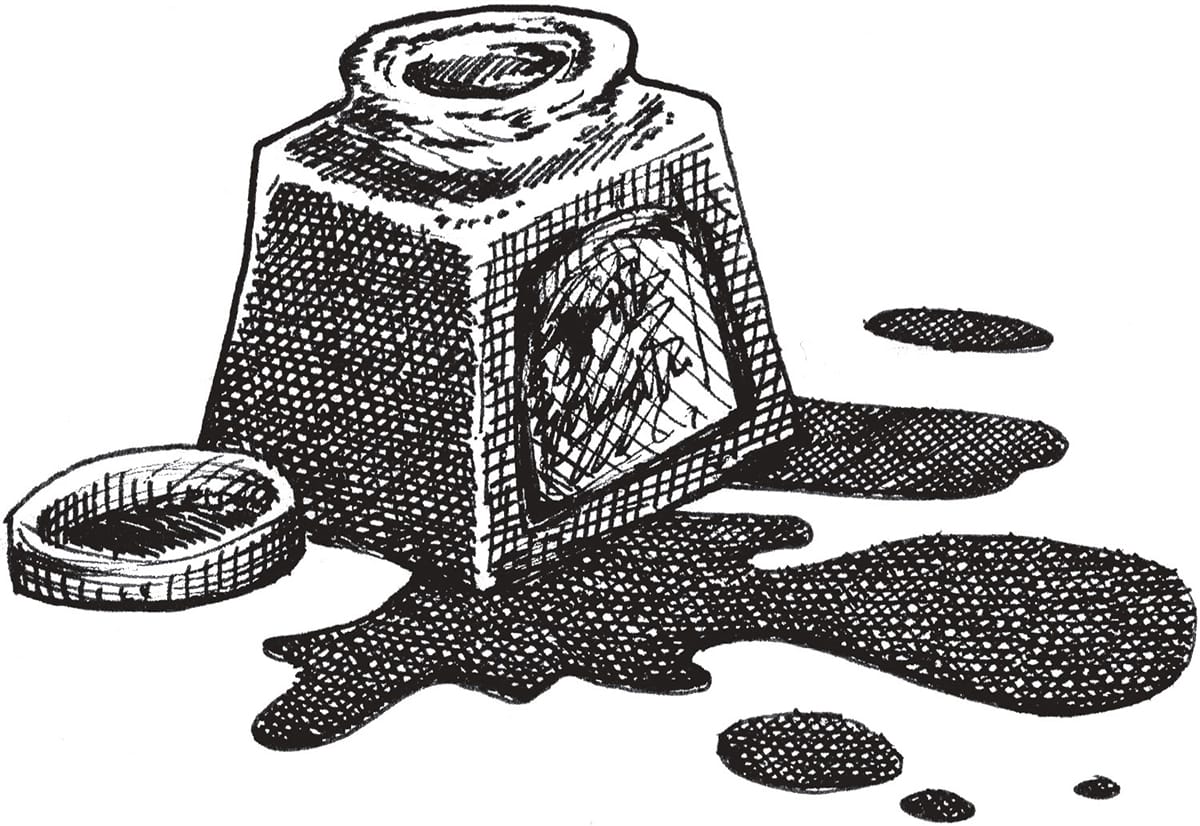Desarae Lee - Beginning Pen & Ink: Tips and Techniques for Learning to Draw in Pen and Ink
Here you can read online Desarae Lee - Beginning Pen & Ink: Tips and Techniques for Learning to Draw in Pen and Ink full text of the book (entire story) in english for free. Download pdf and epub, get meaning, cover and reviews about this ebook. year: 2019, publisher: Walter Foster Publishing, genre: Home and family. Description of the work, (preface) as well as reviews are available. Best literature library LitArk.com created for fans of good reading and offers a wide selection of genres:
Romance novel
Science fiction
Adventure
Detective
Science
History
Home and family
Prose
Art
Politics
Computer
Non-fiction
Religion
Business
Children
Humor
Choose a favorite category and find really read worthwhile books. Enjoy immersion in the world of imagination, feel the emotions of the characters or learn something new for yourself, make an fascinating discovery.

- Book:Beginning Pen & Ink: Tips and Techniques for Learning to Draw in Pen and Ink
- Author:
- Publisher:Walter Foster Publishing
- Genre:
- Year:2019
- Rating:4 / 5
- Favourites:Add to favourites
- Your mark:
Beginning Pen & Ink: Tips and Techniques for Learning to Draw in Pen and Ink: summary, description and annotation
We offer to read an annotation, description, summary or preface (depends on what the author of the book "Beginning Pen & Ink: Tips and Techniques for Learning to Draw in Pen and Ink" wrote himself). If you haven't found the necessary information about the book — write in the comments, we will try to find it.
From the beloved and best-selling Portfolio art series by Walter Foster Publishing comes Portfolio: Beginning Pen & Ink, a book that invites you to explore this classic art medium in new and refreshing ways. This comprehensive guide is packed with valuable resources for artists of all skill levels, starting with the basics and ending with intricate, original step-by-step projects that are sure to impressand inspire!
Portfolio: Beginning Pen & Ink introduces drawing basics, including stippling , hatching , and crosshatching ; how to master the fundamentals of mark-making and line work ; and helpful exercises for contour drawing, gesture drawing, perspective, and more. Chapters on value, tone, mood, light and shadow, and texture follow, ensuring that artists gain the drawing knowledge they need before working on the step-by-step projects featured in the book. Artists can even learn to add color to their black-and-white art using watercolor for a fresh, modern take on an age-old art form.
Whether youre a new artist looking to try a celebrated art technique, a pen-and-ink enthusiast, a mixed-media master, or a graphite-pencil fan looking to branch out to new mediums, Portfolio: Beginning Pen & Ink will teach you everything you need to know about the fundamentals of drawing with pen and ink.
Desarae Lee: author's other books
Who wrote Beginning Pen & Ink: Tips and Techniques for Learning to Draw in Pen and Ink? Find out the surname, the name of the author of the book and a list of all author's works by series.

